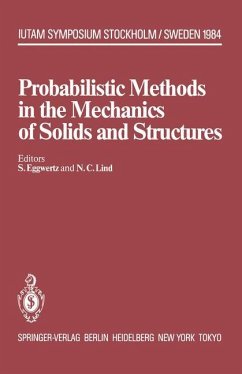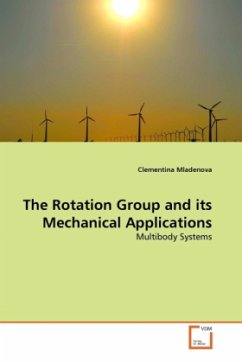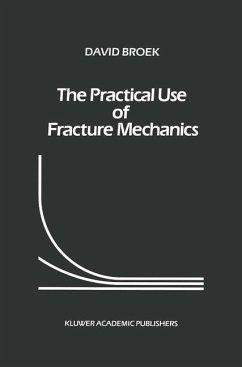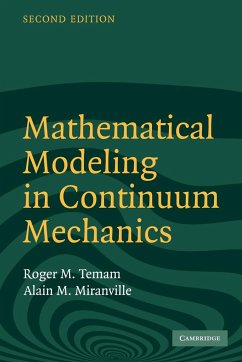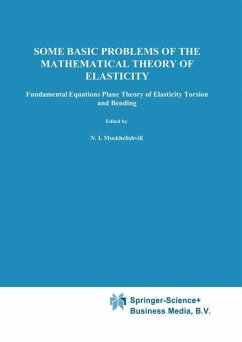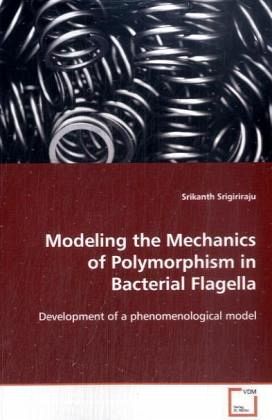
Modeling the Mechanics of Polymorphism in Bacterial Flagella
Development of a phenomenological model
Versandkostenfrei!
Versandfertig in 6-10 Tagen
52,99 €
inkl. MwSt.

PAYBACK Punkte
26 °P sammeln!
Bacteria like Escherichia coli and SalmonellaTyphimurium use flagella for locomotion. Eachflagellum is run by a motor located in the cell body,with a long slender filament of 0.01-0.015mm longand 20nm in diameter attached to this motor. Aswimming bacterium has all its filaments helical inshape involving a frequent change of their chirality,pitch and radius. To explain polymorphism, a newcoarse-grained continuum rod theory with twomolecular switches based on the quaternary structureof the filament is proposed. A phase diagram forfilament shapes is calculated and the response of afilament to ext...
Bacteria like Escherichia coli and Salmonella
Typhimurium use flagella for locomotion. Each
flagellum is run by a motor located in the cell body,
with a long slender filament of 0.01-0.015mm long
and 20nm in diameter attached to this motor. A
swimming bacterium has all its filaments helical in
shape involving a frequent change of their chirality,
pitch and radius. To explain polymorphism, a new
coarse-grained continuum rod theory with two
molecular switches based on the quaternary structure
of the filament is proposed. A phase diagram for
filament shapes is calculated and the response of a
filament to external moment and force is examined. To
study the dynamics of the propagation of polymorphism
in the filaments, a toy model with an external
tensile shear fluid flow applied to a bistable
cantilever 1D rod was modeled on the lines of phase
transitions and simulations is performed using finite
element techniques. Interesting results like
nucleation of high-strain phase leading to either a
trapped front separating two phases or uniform
high-strain phase at steady state are observed.
Typhimurium use flagella for locomotion. Each
flagellum is run by a motor located in the cell body,
with a long slender filament of 0.01-0.015mm long
and 20nm in diameter attached to this motor. A
swimming bacterium has all its filaments helical in
shape involving a frequent change of their chirality,
pitch and radius. To explain polymorphism, a new
coarse-grained continuum rod theory with two
molecular switches based on the quaternary structure
of the filament is proposed. A phase diagram for
filament shapes is calculated and the response of a
filament to external moment and force is examined. To
study the dynamics of the propagation of polymorphism
in the filaments, a toy model with an external
tensile shear fluid flow applied to a bistable
cantilever 1D rod was modeled on the lines of phase
transitions and simulations is performed using finite
element techniques. Interesting results like
nucleation of high-strain phase leading to either a
trapped front separating two phases or uniform
high-strain phase at steady state are observed.



